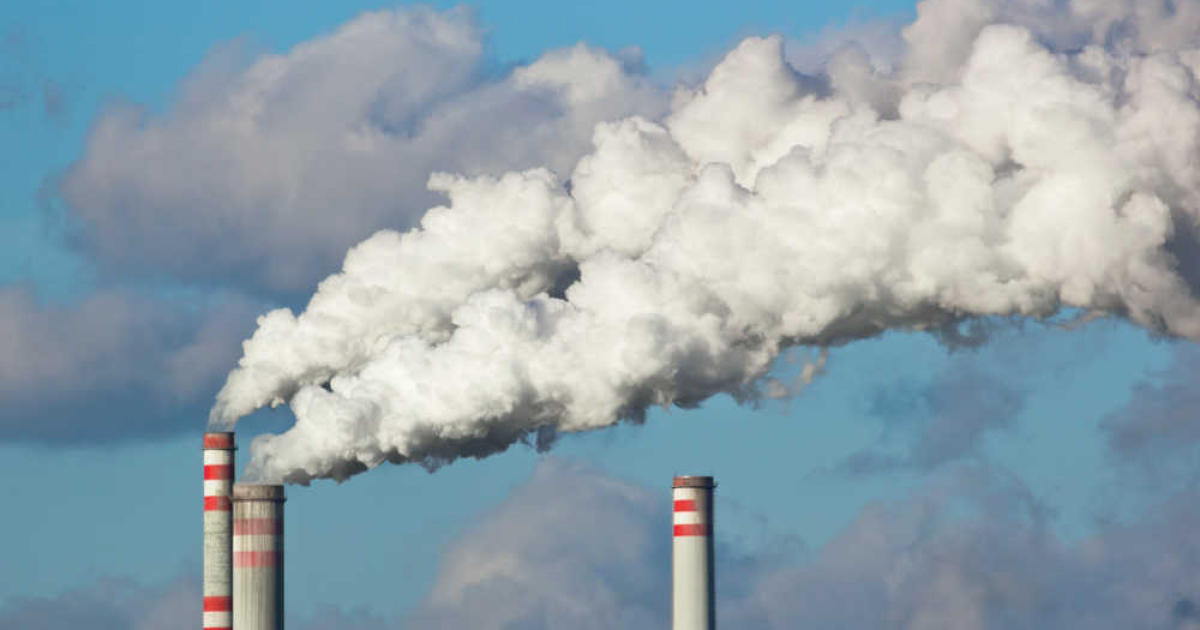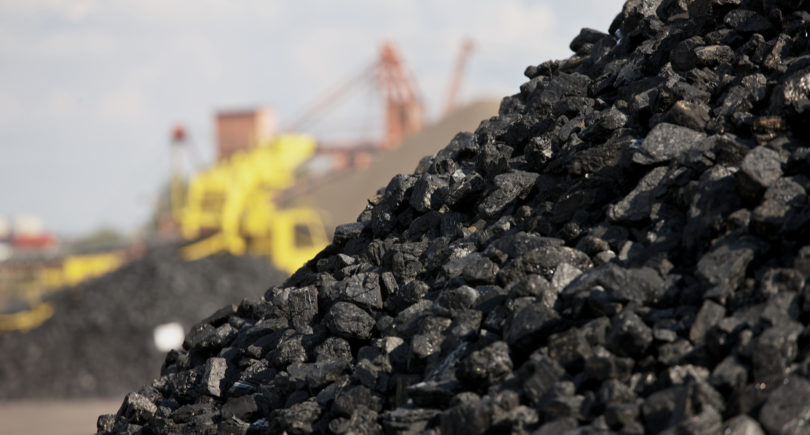
News Global Market emissions 1526 11 June 2025
The pilot phase will cover 50% of CO2 emissions and will last until 2029, covering the cement, steel, and thermal power industries
Vietnam has officially launched the pilot phase of the greenhouse gas emissions trading system (ETS), which is intended to stimulate the reduction of CO2 emissions in three main sectors: steel, cement and thermal power. Reuters reports this with reference to the country’s government.
According to the government decree, companies in these sectors will have to purchase carbon dioxide emission permits according to their intensity – that is, the amount of CO2 per unit of output. In the first phase, which will last until 2029, the program will cover about 50% of the country’s total emissions. It is planned to be expanded to other sectors, including freight transportation and commercial real estate.
Companies will receive their first emission permits for 2025-2026 by the end of this year. If the company exceeds its limit, it will have to purchase additional credits on the market. In addition, it is possible to offset up to 30% of emissions by purchasing credits from low-carbon projects, both domestically and abroad.
According to Maya Duong, an analyst at Veyt, a carbon market analyst, the first years of the ETS will not yield significant emissions reductions, as most permits will initially be issued free of charge. According to him, the priority is to teach companies to work under the new rules, not to achieve an immediate environmental effect.
The emissions trading system will be an important element on Vietnam’s path to achieving the climate goal of zero emissions by 2050. In recent years, the country’s emissions have been growing rapidly, mainly due to the increase in electricity generation from coal, which increased by almost 18% last year alone. Steel production also increased by 15% in 2024.
Global carbon emissions from the energy sector increased by 0.8% year-on-year in 2024, reaching an all-time high of 37.8 Gt. The increase was lower than global GDP growth (+3.2% in 2024), restoring the trend of decoupling emissions growth from economic growth, which was broken in 2021.




